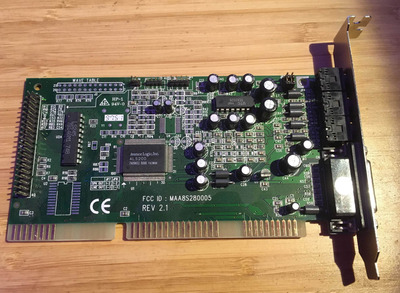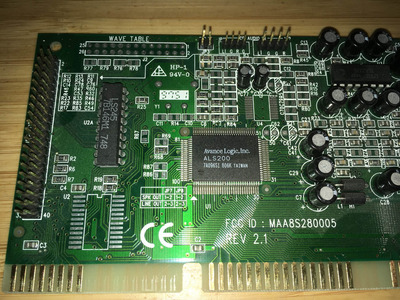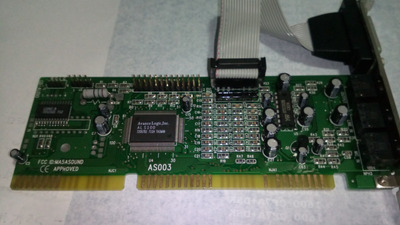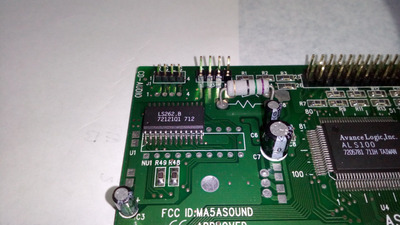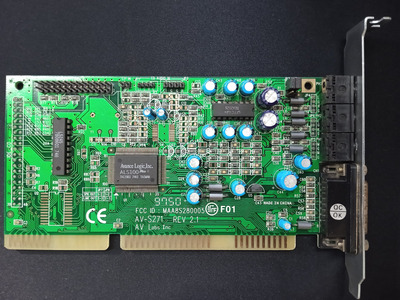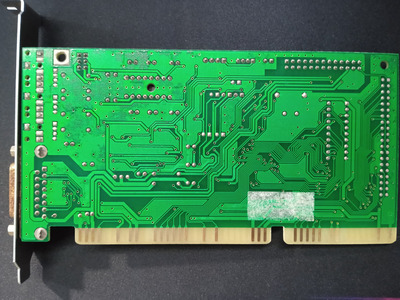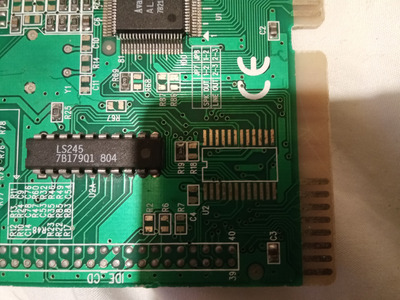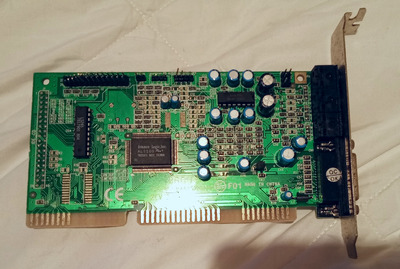Tiido wrote on 2020-08-23, 00:01:
Socket is extra cost and point of failure and their use is minimized whenever possible.
I'm sorry, butI have a different opinion. Cost reduction from a rational
point of view is very unprofessional and belongs to consumer products which are designed to break, anyway (forced obsolescence) .
Universities, research centers and military rather prefer modular design and quality.
Or at least that's how it used to be. Somewhere, somewhen ..
Considering that people use Raspberrys and alike without a shielded metal case, even (RFI) .. 🙄
As for the sockets.. There are different types.
The cheap ones for 10 Cents and the normal ones for ~80 Cents.
If someone makes a product, but isn't willing to spend a few Cents, then the product isn't worth anything, anyway.
Edit: Always that same, lame old excuse with "extra cost" (I don't blame you; it always pops up) .
Customers don't care if something costs 520€ or 521,70€. It's overpriced, anyway. Production cost, taxes etc. are often multiple times less, say about 80€. Sure, there's also rent to pay, employees..
(The true reason, for ommiting sockets, blocking caps etc. hower, is: greed/maximum profit/capitalism.
It looks clever at first, but backfires quickly [returns; claims for damage because someone's house burnt down etc]) .
Also, by using sockets, you avoid exposing ICs to heat (soldering iron). This lowers the chances of causing damage to the chips..
But these are just my two Cents. The truth likely is located somewhere in between. 😉
Edit: Fun fact : There a was a time when transistors were installed in sockets, too. Just like radio tubes. 😁
Edit: Edited.
"Time, it seems, doesn't flow. For some it's fast, for some it's slow.
In what to one race is no time at all, another race can rise and fall..." - The Minstrel
//My video channel//

